
18 minute read
GIFTS DURING LOCKDOWN
AROUND THE COMMUNITY
KADIMAH
Online Yiddish culture has been an unexpected matone, or gift, that the Kadimah Jewish Cultural Centre has been delighted to offer Yiddish lovers during successive lockdowns. While our beloved theatre is dark and our concerts and festivals are on hold, online classes and programs have taken centre stage and kept audiences stuck at home, enthralled with contemporary Yiddish culture.
Interest in online Yiddish language, literature and conversation classes at the Kadimah has surged since the start of the COVID-19 pandemic, with attendees tuning in on Zoom from around Australia and the rest of the world. And enthusiasm for online Yiddish culture such as talks, discussion panels, interviews, parlour gigs and, even, open mic poetry events has also grown, with new audiences discovering a curiosity for culture mit a Yiddishn tam. Coming up next, on Sunday September 12th, the Kadimah will co-present Yiddish Poetica 2, an online open mic poetry event, in partnership with Dunera online Jewish cultural platform and Poetica, a poetry hub run by Sydney poet Miriam Hechtman.
Kadimah now offers more than 15 different Yiddish classes and groups each week, with our teachers using the latest methods to make language learning accessible and approachable for everyone.
“Language classes are something fun and social that you can do while stuck at home,” said Kadimah Yiddish coordinator Esther Singer. “And it turns out that it feels good to learn a new skill or to get to use the Yiddish you might know.”
With geography no longer a barrier in the online era, Kadimah can now share Yiddishkeyt around the world. One recent beginners’ class had students from Brisbane, Sydney, Adelaide and Melbourne, who were able to connect through this class and their shared interest in Yiddish. Over the past 18 months, the profile of who was studying Yiddish through the Kadimah also altered. Retired Jews living close to the bagel belt were still attending classes, but also enrolling were people living in West Footscray, Reservoir, Montmorency and further afield in NSW, the ACT and Queensland. And much further still … from Indonesia, Canada and the USA. Many students would simply not have been able to physically attend classes held in Elsternwick or Carlton. "I just wanted to thank you so much for the Yiddish classes this year. It has been great. The best language class I have taken and truly the only Zoom meeting I ever looked forward to," said student Marc. "I want to especially thank you because you have been undoubtedly THE BEST LANGUAGE TEACHER I have ever encountered! This being after having studied three other languages with many different teachers. Your mix of fun, engagement and empowerment of students is absolutely exceptional," said another student, Katrina.
While the stage lights are currently switched off, Kadimah Yiddish Theatre has been busily continuing to work on upcoming productions. Cast and crew are already rehearsing online for KYT’s innovative production of Isaac Bashevis Singer’s Yentl, due to open at the Arts Centre Melbourne in November. And hopes are high to reschedule our stunning show Durkh A Modne Gloz/ Through A Strange Lens, which opened briefly to rapturous acclaim in early August before the latest lockdown. This daring electro-opera, created by renowned composer Josh Abrahams and writer-performer Galit Klas, sets an electronic score to lyrics based on Yiddish poetry written by women over the past 100 years.
For more information visit www. kadimah.org.au or contact reception@ kadimah.org.au
Kadimah offers Yiddish gifts during lockdown
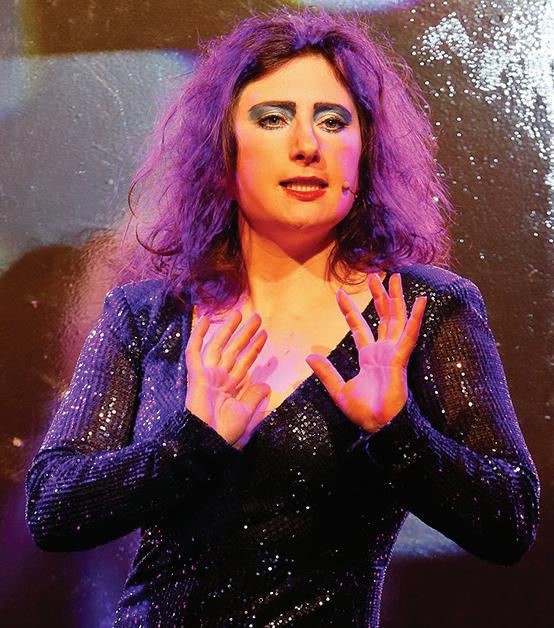
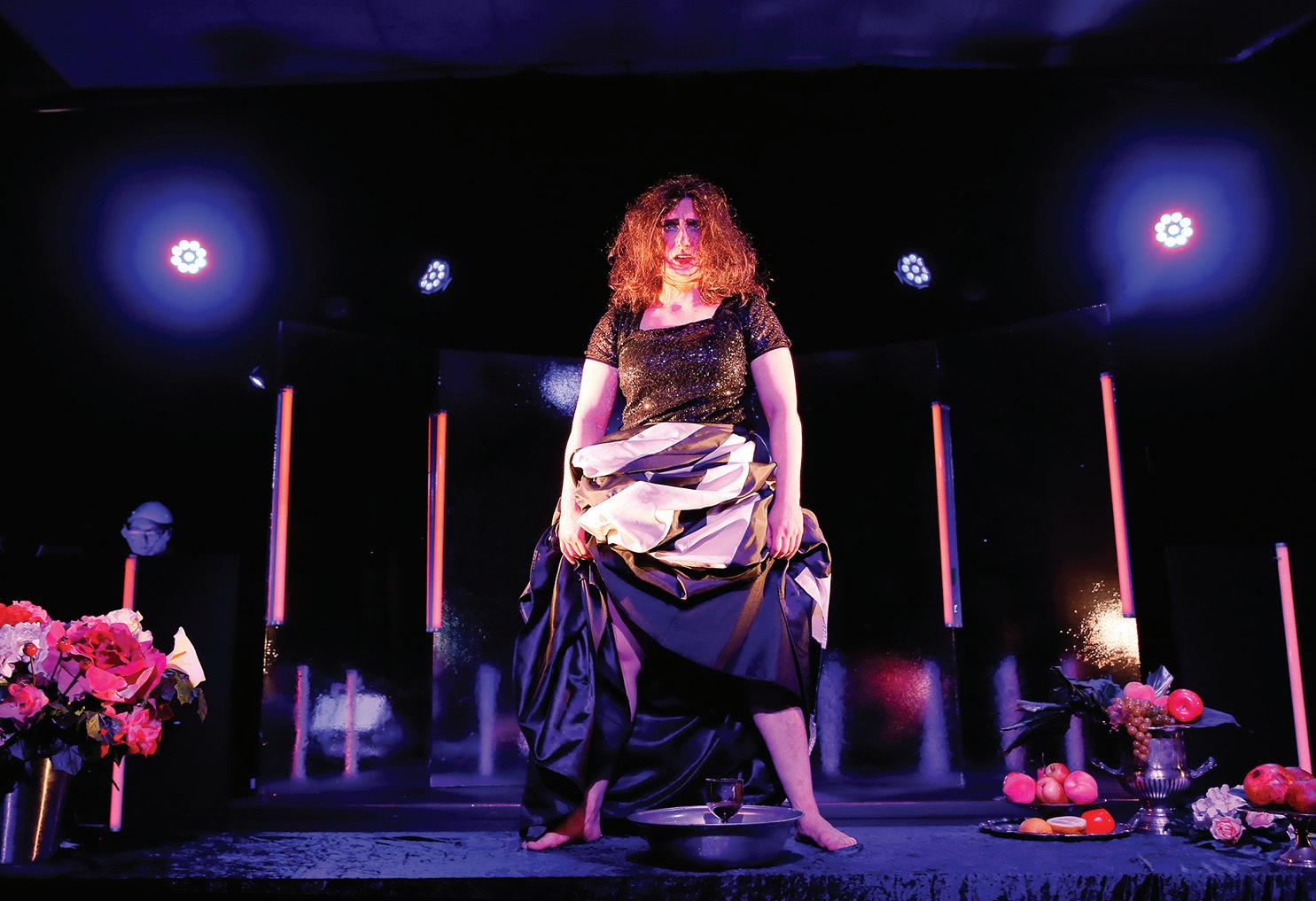
Shirl’s Journey
SHIIRL'S PEARLS
Shirley Sherry was born in Singapore to Jewish parents, after her grandparents migrated there from Iraq in the early 1900s.
Food – a rich, spicy array of Sephardic and Asian treats, always “cooled” with sweet local fruit and dessert – was a major part of Shirley’s youth.
Unfortunately, this combination caused her digestive problems, including gastritis, from an early age and with it a growing dependence on antacids.
Shirley also saw older people around her struggling with mobility. Their hands shook, they had difficulty getting up from chairs, some couldn’t even walk short distances and others were obese.
She wondered whether this was a normal part of old age, while resolving never to follow that path. That was when she sought a way to face age differently.
In 1981, at age 32, Shirley was given the book Diet and Salad, first published in 1949 by British/American businessman and pioneer in vegetable juicing and nutritional health, Dr Norman Walker. Walker passed away in 1985 at the age of 99.
Shirley took Walker’s advice to avoid fruit after a meal and to eat or juice raw citrus half an hour before breakfast. Her gastritis was gone within a week.
This positive result prompted her to learn more about the digestive system, especially the colon.
Taking small, simple steps, she gradually modified her diet and lifestyle. She took up exercise, which included walking an hour each day. She also began fitness and strength work and first joined a gym at 68.
Now in her early ‘70s,Shirley’s straightforward message, based on her 40-year journey, is “Grow old, but don’t become old. Feed your colon with vital food and you’ll age feeling younger!” www.shirlspearls.com.au
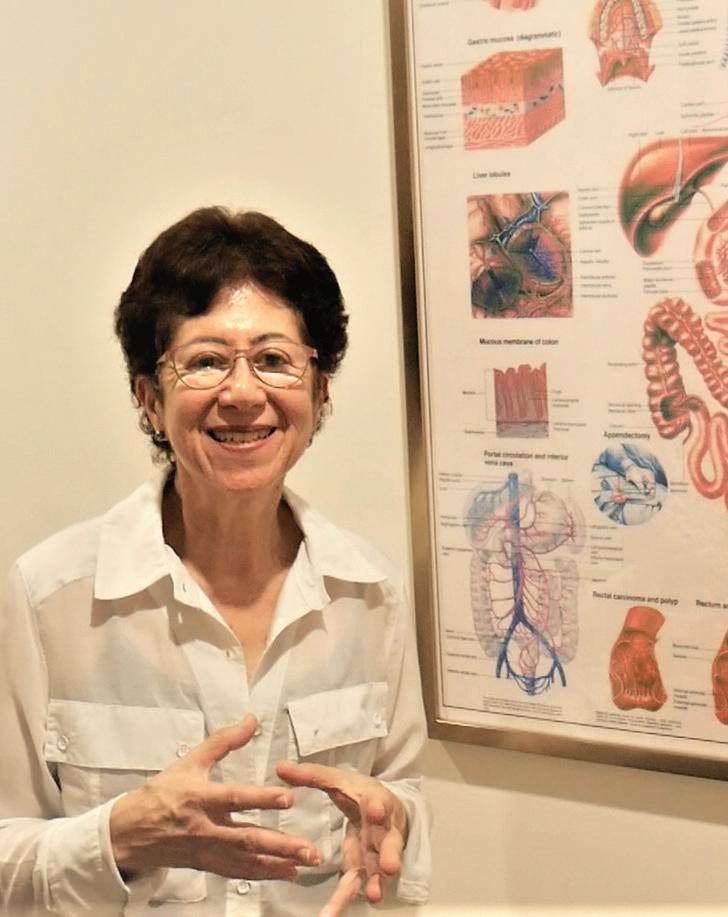
Why A Shofar?
YERACHMIEL ISACOWITZ
One difference between the end of the financial year and the beginning of the spiritual year is that by the former, if you’ve done your books correctly, you can relax, but not so with Rosh Hashanah and Yom Kippur.
Imagine the computing power required to audit every person’s past, present and future, with ancestors dating back to Adam, along with the generational context in which they live.
In order to plug into this audit, we would need a mitzvah that transcends time, marks the crowning of God as the King, is a testament to the deeds of our forefathers and stirs the emotions.
Let’s see how the shofar takes us down that route.
The sound of creation was the sound of God’s voice. That of Mount Sinai is described as a shofar blast and the final redemption will be represented with the blast of the “big” shofar. The blast of a horn is the hallmark of a coronation and the ram’s horn is the symbol of the binding of Isaac.
The Torah calls Rosh Hashanah “the day of trua.” Trua is translated by the great Aramaic commentator, Unkelos, as yevava.
That word, in turn, is found in the Book of Shoftim (Judges) by the story of Yael, who killed the Kaananite general Sisera.
In describing the wait of Sisera’s mother for her son, not sure if it would be great victory or ultimate defeat, the prophet alludes to her crying. So, we thus know that the shofar has to make a crying sound (truah and shevarim).
It is this very sound, combined with the straight sound (tekia) that is designed to stir the hearts of listeners to feeling and understanding the fear, glory, awe and beguiling power of the day.
Thus, the potent mitzvah of shofar plugs us into the spiritual energy of Rosh Hashanah and Yom Kippur.
Yerachmiel Isacowitz is an Australian-based Jewish education specialist.
Email: risacowitz@optusnet.com.au World Wide Web: torahconcepts.com Facebook: The Mem Channel
CANDLE LIGHTING TIMES
Friday, Sep 3, 2021 Shabbat ends, Sep 4, 2021 Friday, Sep 10, 2021 Shabbat ends, Sep 11, 2021 Friday, Sep 17, 2021 Shabbat ends, Sep 18, 2021 Friday, Sep 24, 2021 Shabbat ends, Sep 25, 2021 Friday, Oct 1, 2021 Shabbat ends, Oct 2, 2021 Friday, Oct 8, 2021 Shabbat ends, Oct 9, 2021 5:43 pm 6:40 pm 5:48 pm 6:46 pm 5:54 pm 6:52 pm 6:00 pm 6:58 pm 6:06 pm 7:05 pm 7:13 pm 8:11 pm
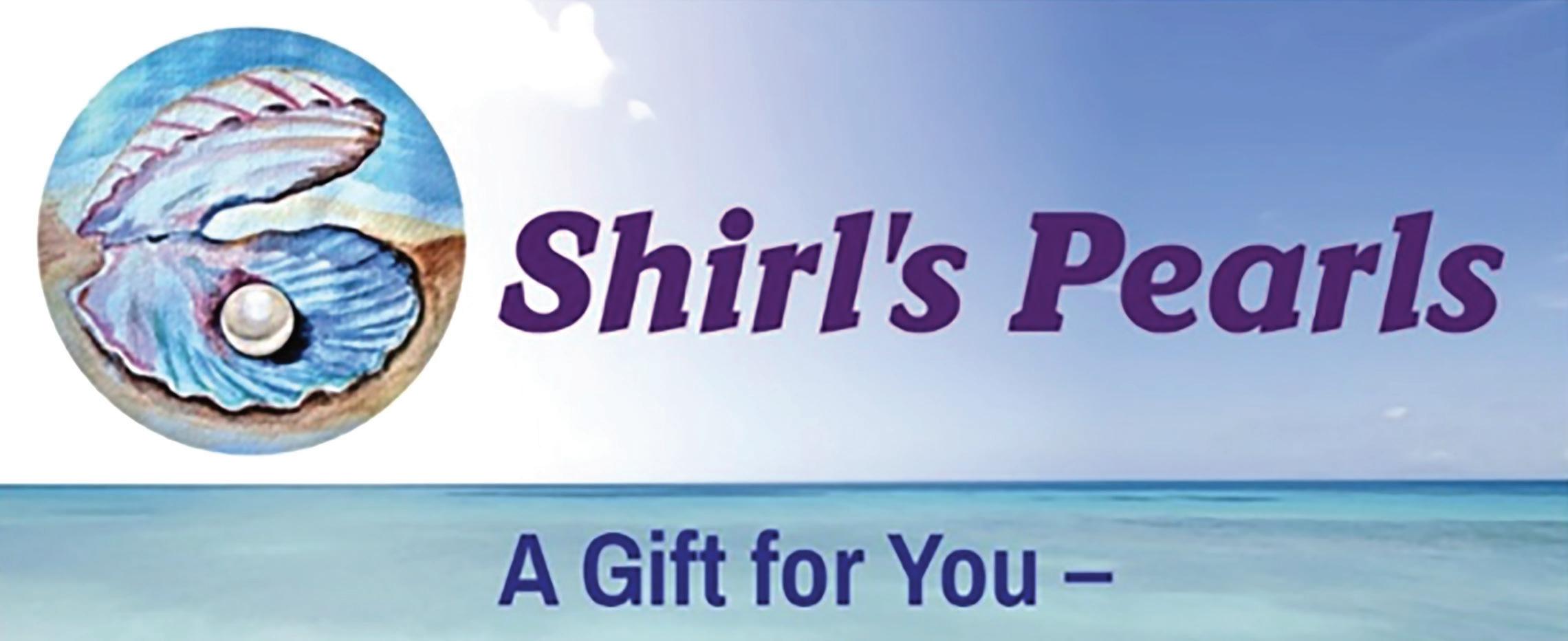
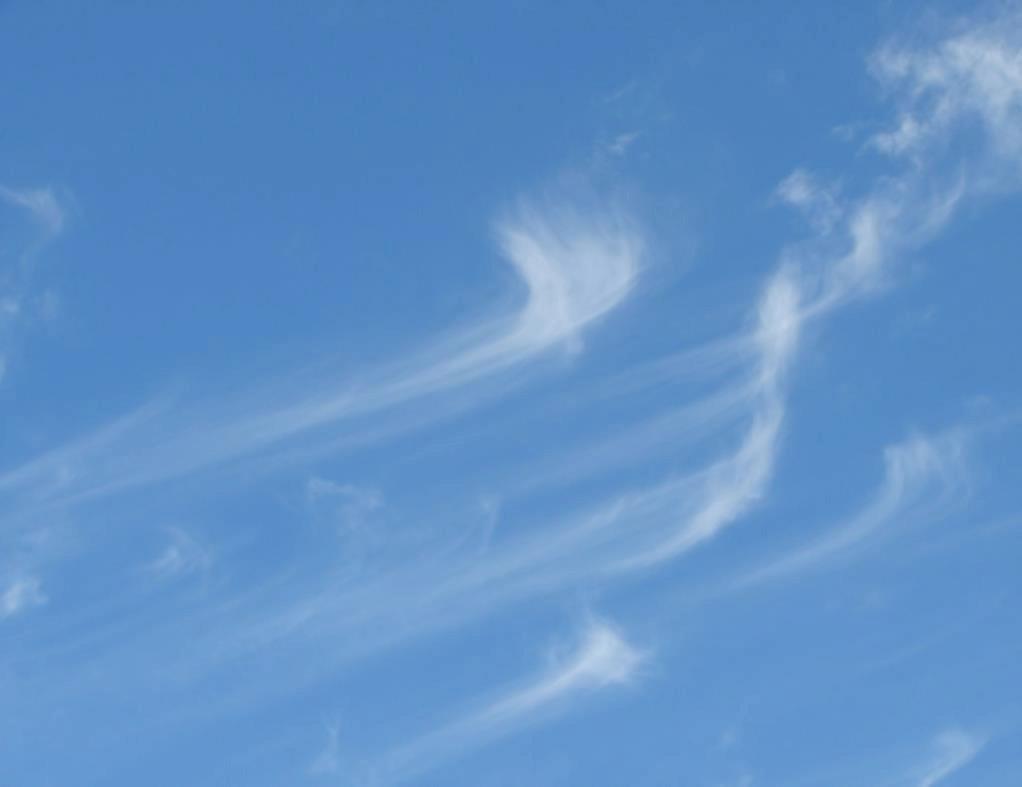
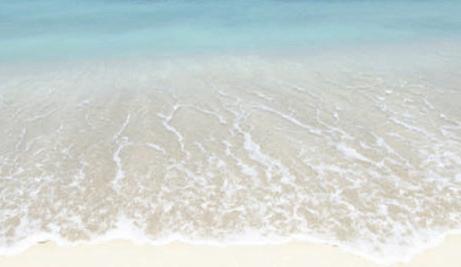
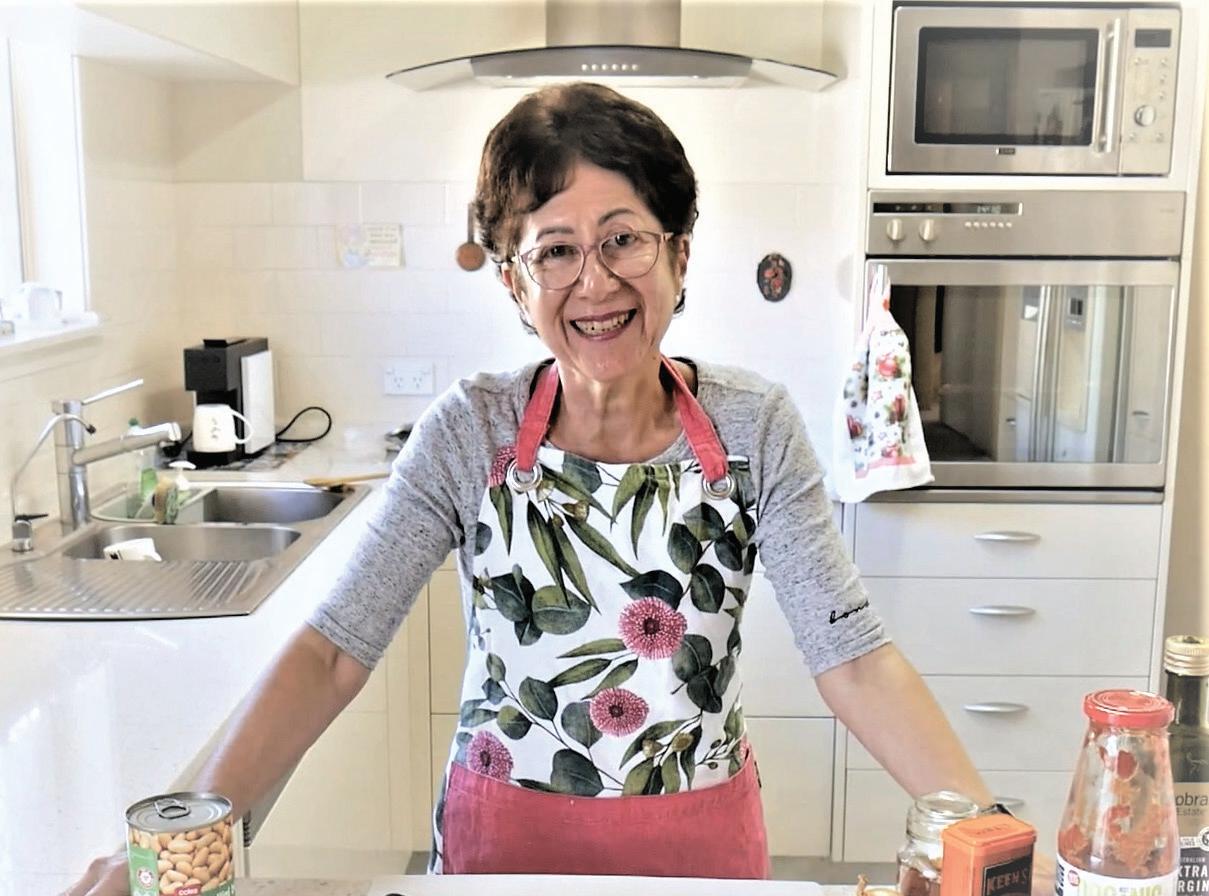

torahconcepts.com The Mem Channel
A Gift for you – My Guide to a Good Life!
Did you know that just by timing when you eat, you can lose weight and reduce gastric problems? I am living proof that following a simple regime can give you great rewards. Read my free posts at www.shirlspearls.com.au
Birth, Renewal and Optimism at Shaare Zedek
SHAARE ZEDEK
During these turbulent times, with Israel facing increased COVID-19 cases, despite the challenges Shaare Zedek Medical Center Jerusalem represents renewal and rebirth.
The hospital’s activities are now focused on the response to the pandemic. However, as one of the busiest maternity hospitals in the Western World, Shaare Zedek has a profound responsibility to the next generation of Israel’s diverse population.
Each birth is emotional and meaningful in its own way, however one recent birth was especially poignant.
More than two years ago, Shira Ish-Ran was seriously injured in a terror attack at Ofra Junction, outside Jerusalem. Seven months pregnant, she arrived at Shaare Zedek fighting for her life and that of her unborn child.
The child was delivered in an emergency caesarean section before being transferred to the hospital’s Neonatal Intensive Care Unit. Tragically, the extent of the injury to the baby was too severe, and he passed away three days later. Before burial, the boy was named Amiad Yisrael.
Shira and her husband Amichai were treated for their injuries and left the hospital.
Several weeks ago, Shira returned to Shaare Zedek to deliver a healthy baby boy. Some of the same medical staff who treated Shira following the attack were alongside her during this very emotional birth.
With about 22,000 births per year and a strong commitment to innovation and research, Shaare Zedek is committed to the health and wellbeing of mothers and babies. It is especially committed to responding to the challenges posed by COVID-19.
A recent study carried out at the hospital demonstrated the effects of the vaccine for pregnant women and their babies. The study surveyed about 3,000 women who gave birth at the hospital between January and March this year, at the height of the third wave of morbidity. It then examined about 730 women who were not infected with the virus, of which about 280 were vaccinated with two doses.
The researchers found that there was no difference between vaccinated and unvaccinated women in terms of various pregnancy complications. However, unvaccinated pregnant women who fell ill had a higher rate of premature births compared to women who were vaccinated. There was also a higher number of hospitalisations in the intensive care unit among the unvaccinated.
Importantly, it also found that babies born to vaccinated mothers suffered less respiratory problems than infants born to unvaccinated mothers.
“The vaccine is safe and effective for pregnant women and it seems that the antibodies that developed in the mother's body were beneficial to their babies,” said Professor Sorina GriseroGarnowski, director of the Women and Maternity Division of Shaare Zedek Medical Center.
With the coming of the Jewish New Year, the Australian Friends of Shaare Zedek would like to thank the Australian community for its support during these challenging times. May the New Year bring renewal, health and peace for our Australian community and for Israel.
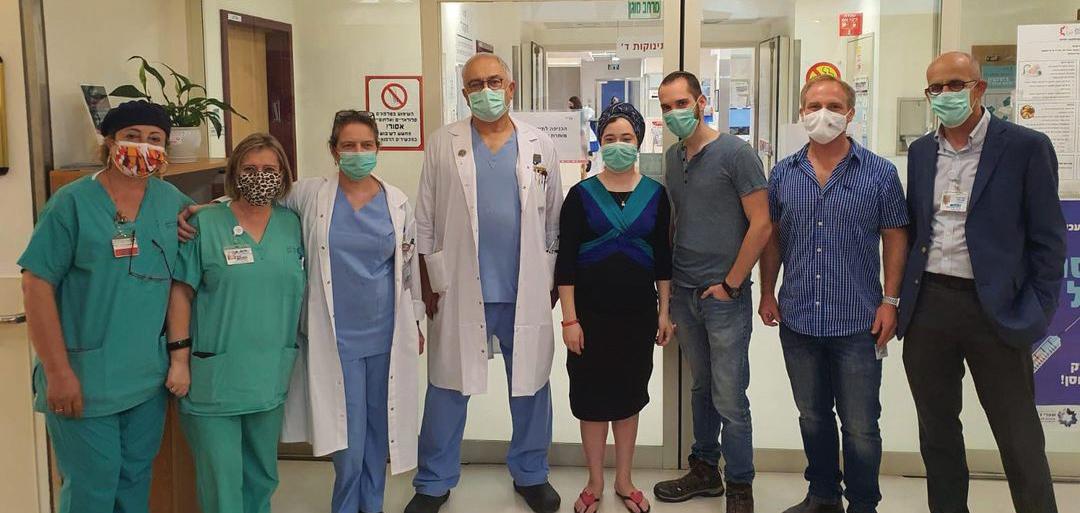
JUDAICA QUIZ
RABBI DAVID FREEDMAN
Welcome to the High Holy Days edition of the Judaica Quiz! Rabbi David Freedman has a wealth of knowledge that he generously shares with Sydney Jewish Report readers via these cleverly designed questions. Your mission should you choose to accept it, is to read out these questions at your Yom Tov table (yes, at home) and see just what your family truly knows. If their Jewish knowledge is lacking in any way, you can fill in the blanks with the answers. It’s a win-win! From the shofar to Temple times to the arts to Israel you’ll be challenged. We’re talking past, present, cultural, religious and more.
See what you know about unique minhagim, or customs across these Days of Awe and so much more. It is truly inspiring, and we thank you for your positive feedback thus far. If you would like to contact Rabbi Freedman directly: email rabdaf@yahoo.com anytime. Wishing all a Shana Tova U’Metuka. 1. During production, why is a shofar put in an oven? a) To sterilise it to ensure there are no insects still living inside the ram’s horn b) So that it plays better and louder notes c) So that it can be bent into a curved shape 2. Rosh Hashanah takes place in the month of Tishrei. What is the Biblical name given to this seventh month of the Jewish Year?
3. In which book of the Bible do we read about the religious reforms initiated by Ezra at a ceremony taking place on Rosh Hashanah? 4. During Temple days, before there was a fixed Jewish calendar, how did the sages determine on which day the new Jewish year would begin?
5. Maimonides says of Rosh Hashanah and Yom Kippur that they are “Days of Awe rather than days of joy”. As a consequence, a joyous part of one service included on other festivals is omitted on these High Holy Days. Identify this service. 6. According to the Talmud (Rosh Hashanah 16b) three ledgers are opened on Rosh Hashanah. What is their purpose? 7. Appointed Israel's minister plenipotentiary to the Soviet Union in September 1948, who went to Moscow’s Choral Synagogue on the first day of Rosh Hashanah and found herself surrounded by almost 50,000 excited Soviet Jews in the streets outside? 8. Rembrandt’s painting The Sacrifice of Isaac is displayed in which European Museum:
a) The Hermitage Museum, St Petersburg b) The National Gallery, London c) The Louvre, Paris 9. During the ceremony of Tashlich (Casting) some have the custom to throw real crumbs into a body of water to represent the casting off of one’s sins. During the Middle Ages, why were the Jews advised by some Jewish community leaders to stop throwing crumbs into the city’s wells? 10. At this time of year, we are encouraged to ask for forgiveness from those we have wronged during the previous year. How, according to Maimonides, can one fulfil that obligation if the person to receive the apology has died? 11. What was the name of the Israeli who managed football teams in England, such as Chelsea and West Ham United, and missed matches on occasions due to the fact that it was Yom Kippur? 12. The pre-Yom Kippur atonement ceremony is called in Yiddish, Shlogn Kapores. In what way, in more modern times, has this ritual changed? 13. Who sang Kol Nidre in the 1927 film, The Jazz Singer? 14. The Yom Kippur War began on Tishrei 10, 5734 – give the corresponding civil date 15 .Direct negotiations, towards the end of the Yom Kippur War took place where exactly on the Suez-Cairo Road? 16. True or false, Jonah, whose book is read on Yom Kippur, was swallowed by a whale? 17. The Neilah service, the final service of Yom Kippur ends with the statement “The Lord He is God.” This is a quotation from which famous Biblical story from the Book of Kings? 18. The late Rabbi Lord Sacks described Yom Kippur in the following way: “It was when the holiest man, entered the holiest place on the holiest day”. Who was this holy man, and where was the holy place? 19. Sukkot begins on Tishrei 15. How many days does it last for: a) In Israel b) Outside Israel? 20. The Four Species include a Lulav (Palm branch), Etrog (Fruit of the Citron tree), Hadassim (Myrtle twigs) and Aravot (Willow branches). According to a popular interpretation, each of these four species represents a different part of the human body: the eyes, the mouth, the spine and the heart. Match up each one of the four species with the part of the body it is said to represent. 21. Which of the “Four Species” according to Jewish tradition is extremely valuable to women in pregnancy, or women seeking to have a child? 22. Which climatic feature is associated with Shemini Atzeret? 23. Simchat Torah means Rejoicing over the Torah – what precisely is being celebrated? 24. Which food is shaped differently during Tishrei to remind Jews of the Heavenly crown that adorns the Divine, or perhaps the wheel of the seasons or the spiral of upward progress? 25. On Wednesday 14 October 1663 (Simchat Torah 5424) which famous English diarist visited a synagogue for the first time and reported:
“But, Lord! To see the disorder, laughing, sporting, and no attention, but confusion in all their service, more like brutes than people knowing the true God”?
High Holy Days' Special Edition
Test your knowledge ... Good luck. Enjoy. Hopefully, learn something new about your Jewish heritage and tradition.
AROUND THE COMMUNITY
PANKIND
PanKind, The Australian Pancreatic Cancer Foundation, has launched the national Remember September campaign, aiming to raise awareness and funds for pancreatic cancer, a disease that is now the third biggest cancer killer of Australians.
Remember September encourages people to stand with those lost to the disease and those fighting to survive, by giving up a vice of your choosing, such as caffeine, sugar or alcohol, or choosing to walk 63km over the month of September to honour the 63 Australians that pancreatic cancer claims each week. The campaign was originally started by brothers David and Ben Wilheim who set up the challenge after losing their father to pancreatic cancer in 2014, a year after the disease also claimed their cousin, Danielle, at age 33, surviving just six weeks post diagnosis.
Michelle Stewart, PanKind CEO, said: “Remember September provides a unique opportunity for Australians to help solve one of our country’s fastest growing health concerns, pancreatic cancer. Survival rates are unacceptably low and it is a devastating disease with dire statistics. Investment in research is critical to increasing the very low survival rate, yet funding remains desperately sparse.”
Pancreatic cancer has the lowest survival rates of all main cancer types. It has a five-year survival rate of only 10.7 per cent. Last year the disease claimed almost as many lives as breast cancer. Almost 4,000 people will be diagnosed with pancreatic cancer this year and 80 per cent of patients will pass away within 12 months.
For registration and further information, please go to www. rememberseptember.org.au
About PanKind
PanKind, The Australian Pancreatic Cancer Foundation has a mission to triple the survival rate by 2030 and dramatically increase the quality of life for patients and their families. It aims to achieve this by focusing on raising awareness and investing in groundbreaking medical research.
Remember September campaign
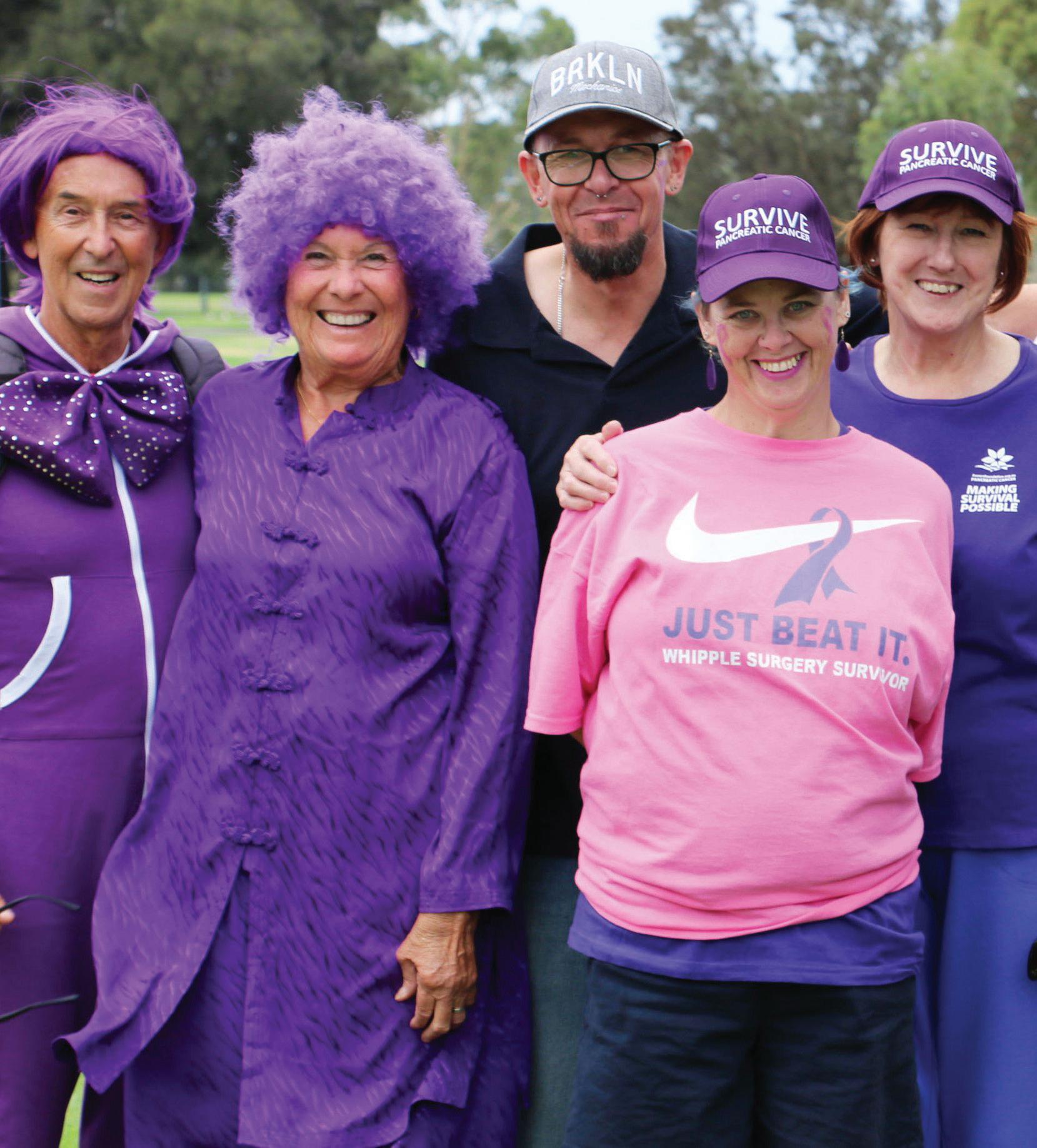
Keep the Main Thing, the Main Thing
RABBI EFREM GOLDBERG COURTESY AISH.COM
What are the most important relationships, people and activities in your life? Would you say you allocate time to them? Do you think you make them a priority?
Now take out your calendar and review your typical day, week or month. Does your schedule in fact reflect your priorities? Your calendar never lies. Where you spend your discretionary time is where your values are. What you make time for shows what matters to you.
In his 7 Habits of Highly Effective People, Stephen Covey writes, “The main thing is to keep the main thing the main thing.” We talk about our family being the main thing in our lives, or our Judaism, or some other value. But do we keep the main thing, the main thing or does what was supposedly the main thing become just another thing?
If you want the answer, look at your calendar and see how much time you allocate to the “main thing,” or if the “main thing” even appears on your calendar at all. Covey suggests, “The key is not to prioritize your schedule, but to schedule your priorities.”
There are many things that legitimately take us away from the “main things” of our lives. We can’t spend time with our children or expanding our minds or nourishing our souls because we are working, or shopping or cooking. But what about when we aren’t, how do we use that time? Is it filled with meaning, or meaningless activities? Do we fill out our schedule with a purpose or is time taken up with purposelessness? Are we in control of our schedules, or are our schedules controlling us?
The Torah describes how the farmer would bring his first fruit to Jerusalem. When presenting it, he would recite a declaration which included a short history of our people. In that context he would tell of when we were slaves in Egypt: "We cried to Hashem, the God of our fathers, and Hashem heard our anyeinu (affliction), amaleinu (travail) and lachatzeinu (oppression)" (Deut. 26:7). What are those three things? If you don't prioritize your life, someone else will.
Anyeinu is personal, internal anguish. The Egyptians purposely separated husbands and wives to create loneliness and pain.
Amaleinu is hard work. The Egyptians had a strategy to literally break our backs with endless toil.
What is lachatzeinu? Lachatz, still today in modern Hebrew, means pressure. The Egyptians applied enormous pressure in an effort to break us. What was that pressure? Our sages say they filled our time, occupied and preoccupied us, denied us the ability to even catch our breath. The greatest pressure is a packed schedule with no margin, no down time, no room to think, to experience, or to focus on the main thing.
We may not have Egyptian oppressors, but we too are captives to busyness, to our crazy schedules, to noble and ignoble tasks and activities that pulling us in so many directions and denying us the chance to even breath, to live, or to dream. As Greg McKeown, the author of Essentialism says, “If you don’t prioritize your life, someone else will.”
As we count down to Rosh Hashanah, review your schedule regularly and make a conscious effort to have it reflect your values.
Make time to keep the main thing, the main thing, be it your spiritual, mental or physical health, quality time with family, Torah learning or doing acts of kindness for others. Schedule your priorities and push back on the pressure trying to hold you back.


